The recent India-Pakistan conflict, sparked by the April 22, 2025, terrorist attack in Pahalgam, Jammu and Kashmir, which killed 26 civilians, has seen China and Russia play complex and contrasting roles behind the scenes. Their actions reflect strategic interests, historical alliances, and efforts to balance regional influence, often shaped by their broader geopolitical goals.
- Military Support and Technology Testing: China has supplied Pakistan with advanced weaponry, including J-10C fighter jets, which Pakistan claimed shot down Indian aircraft, such as French-made Rafale jets, during the conflict. These claims, though unconfirmed by India, highlight the conflict as a testing ground for Chinese military exports against Western and Russian hardware. Chinese defense stocks, like AVIC Chengdu Aircraft, surged 40% amid these developments, reflecting confidence in their technology’s performance.
- Intelligence Gathering: China has capitalized on the conflict to collect data on Indian military capabilities, particularly air defenses and missile systems like the BrahMos, co-developed with Russia. Chinese intelligence teams have been active in monitoring Indian actions from border installations, space assets, and naval deployments in the Indian Ocean, including coordinated movements of Chinese fishing vessels acting as militia for intelligence purposes.
- Diplomatic Support: China has consistently supported Pakistan diplomatically, framing India’s military actions as “regrettable” and avoiding labeling the Pahalgam attack as terrorism until after a ceasefire was agreed upon. Beijing also claimed a role in brokering the May 10, 2025, ceasefire, stating that Foreign Minister Wang Yi’s talks with Pakistan’s Ishaq Dar and India’s Ajit Doval facilitated de-escalation. However, India has not corroborated this narrative, suggesting China’s claims may be exaggerated for diplomatic leverage.
- Strategic Leverage: China’s support for Pakistan aligns with its long-standing rivalry with India, particularly over border disputes and the Belt and Road Initiative (BRI), which passes through Pakistan-occupied Kashmir (PoK). Some posts on X suggest China has signaled potential intervention if India escalates along the Line of Control (LoC), though this remains speculative and unverified. China’s actions also aim to counter U.S. influence in the region, as a prolonged conflict could strengthen Washington’s role, which Beijing seeks to avoid.
- Arms Supply to India: Russia has continued to provide India with critical military equipment, such as Igla-S air defense missiles, deployed to forward areas in Jammu and Kashmir following the Pahalgam attack. These supplies, facilitated under India’s emergency procurement powers, bolster India’s tactical capabilities along the disputed border.
- Mediation Offers: Russia has positioned itself as a potential mediator, with Foreign Minister Sergey Lavrov offering to facilitate a political settlement between India and Pakistan. Lavrov held talks with both Pakistani and Indian counterparts on May 2 and May 4, 2025, emphasizing restraint and dialogue. This reflects Russia’s historical role as a neutral broker, as seen in the 1966 Tashkent summit.
- Diplomatic Nuances: Unlike China, Russia explicitly condemned the Pahalgam attack as terrorism, aligning more closely with India’s narrative. However, its call for restraint and de-escalation mirrors China’s, though with less overt bias toward one side. Russia’s neutrality is partly driven by its growing, albeit limited, ties with Pakistan, including energy cooperation and membership in the Shanghai Cooperation Organization (SCO).
- Strategic Balancing: Russia’s deepening partnership with China complicates its position. While it remains India’s largest arms supplier, Moscow’s relations with Pakistan have warmed, raising concerns in New Delhi about a potential Russia-China-Pakistan axis. However, Russia has avoided major arms sales to Pakistan to preserve its strategic ties with India, which it views as a hedge against China’s regional dominance.
- Diverging Interests: The conflict has strained the Russia-China axis, with China openly backing Pakistan and Russia leaning toward India while advocating neutrality. This split, rare given their alignment on issues like Ukraine, underscores their differing stakes in South Asia. China’s support for Pakistan is driven by its anti-India stance and the BRI, while Russia’s ties with India are rooted in decades of defense and diplomatic cooperation.
- Geopolitical Implications: Both nations prefer a de-escalated South Asia to avoid empowering the U.S., which could leverage a prolonged conflict to strengthen its regional influence. However, China’s intelligence-gathering and military testing contrast with Russia’s focus on mediation and maintaining its arms market in India.
- Backchannel Influence: Both countries likely engaged in discreet backchannel diplomacy, as historical India-Pakistan crises have often relied on third-party facilitation. China’s role in easing UN Security Council language on the Pahalgam attack and Russia’s mediation offers suggest such efforts, though their effectiveness remains unclear.
China, Pakistan agree with Taliban to expand Economic Corridor into Afghanistan China, Pakistan and Afghanistan on Wednesday agreed to expand the China-Pakistan Economic Corridor to Afghanistan as top leaders from the three nations agreed to deepen trilateral cooperation.
China seizes rare intelligence opportunity amid India-Pakistan standoff Security analysts and diplomats say China's military modernisation has reached a point where it has the ability to deeply scrutinise Indian actions in real time from its border installations and Indian Ocean fleets as well as from space
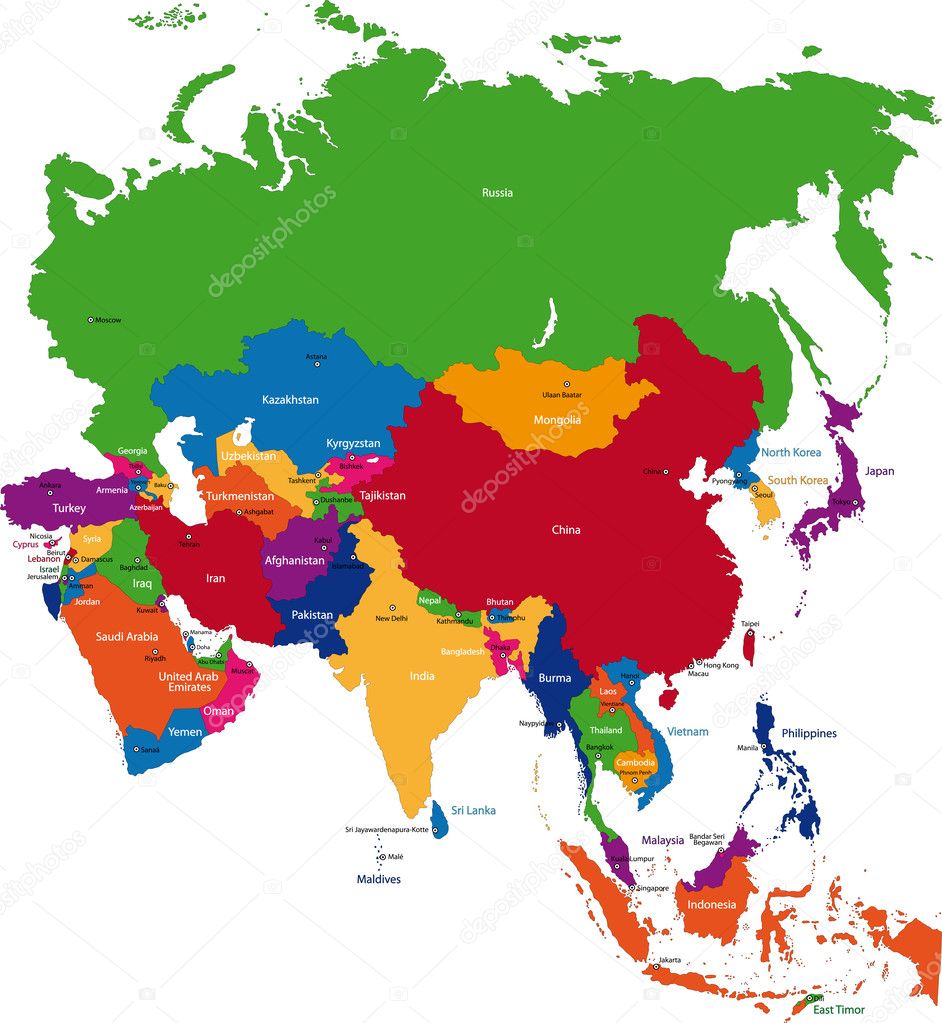
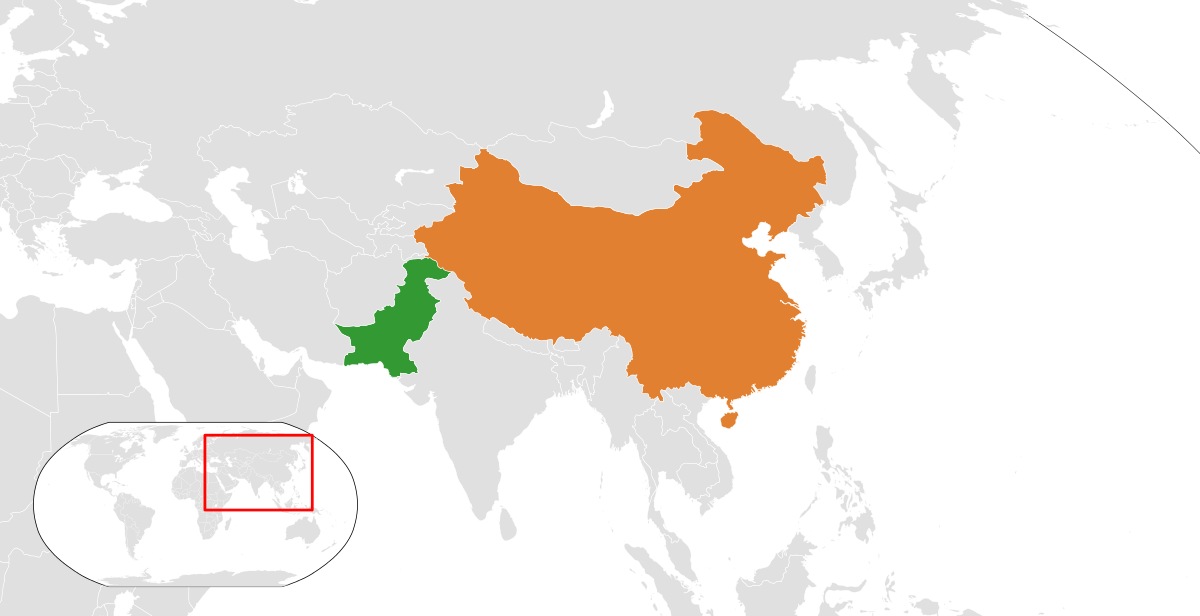
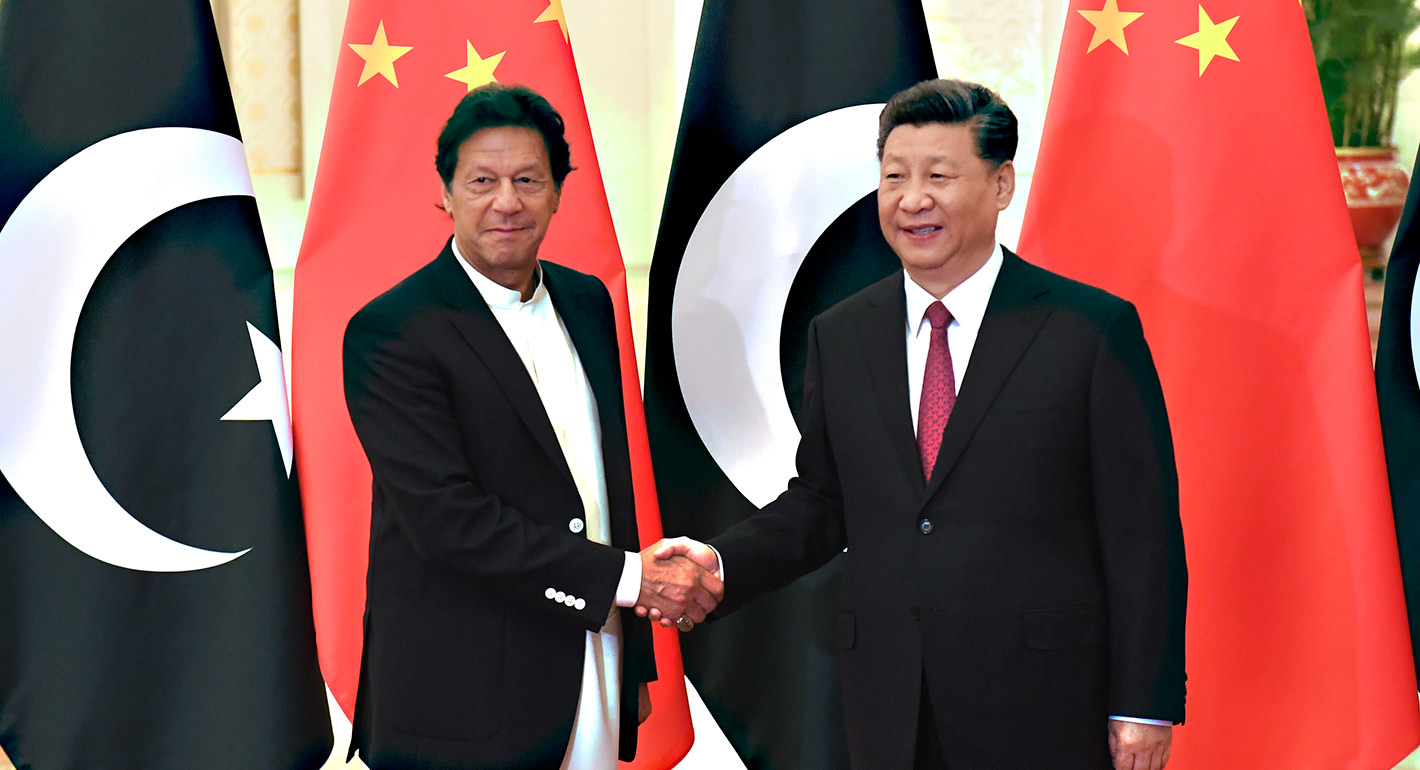

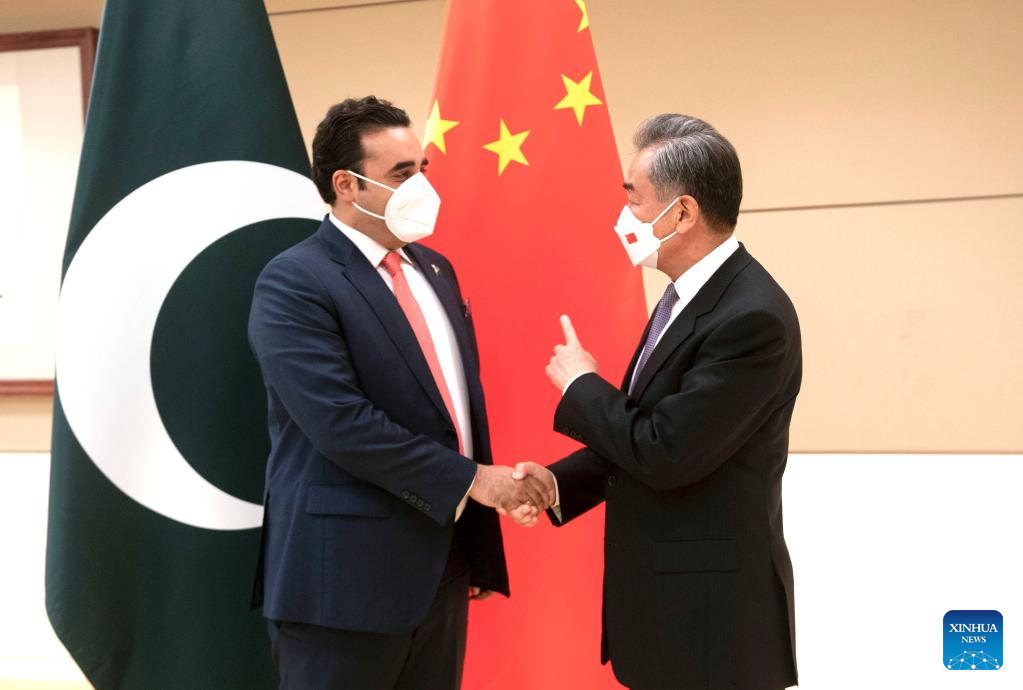
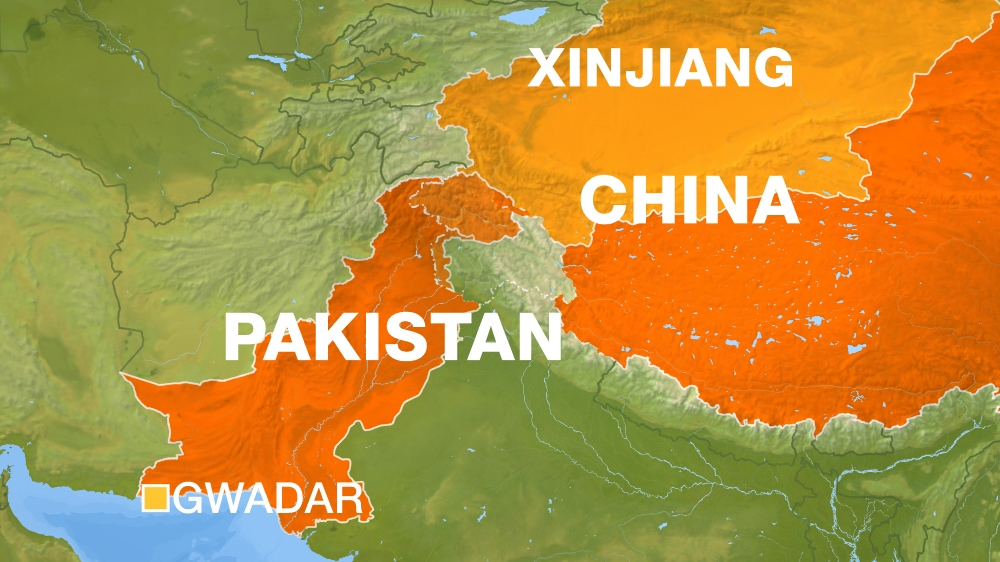
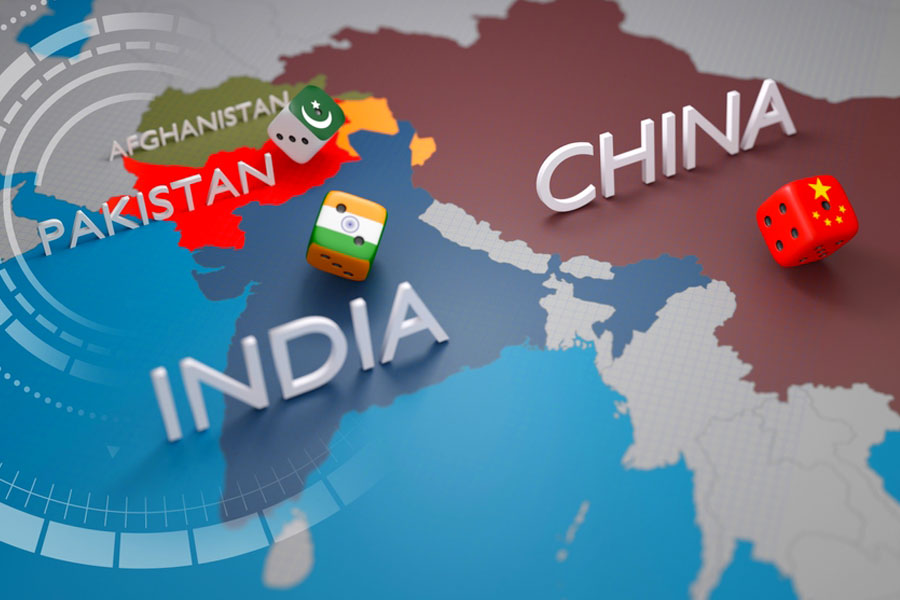
No comments:
Post a Comment